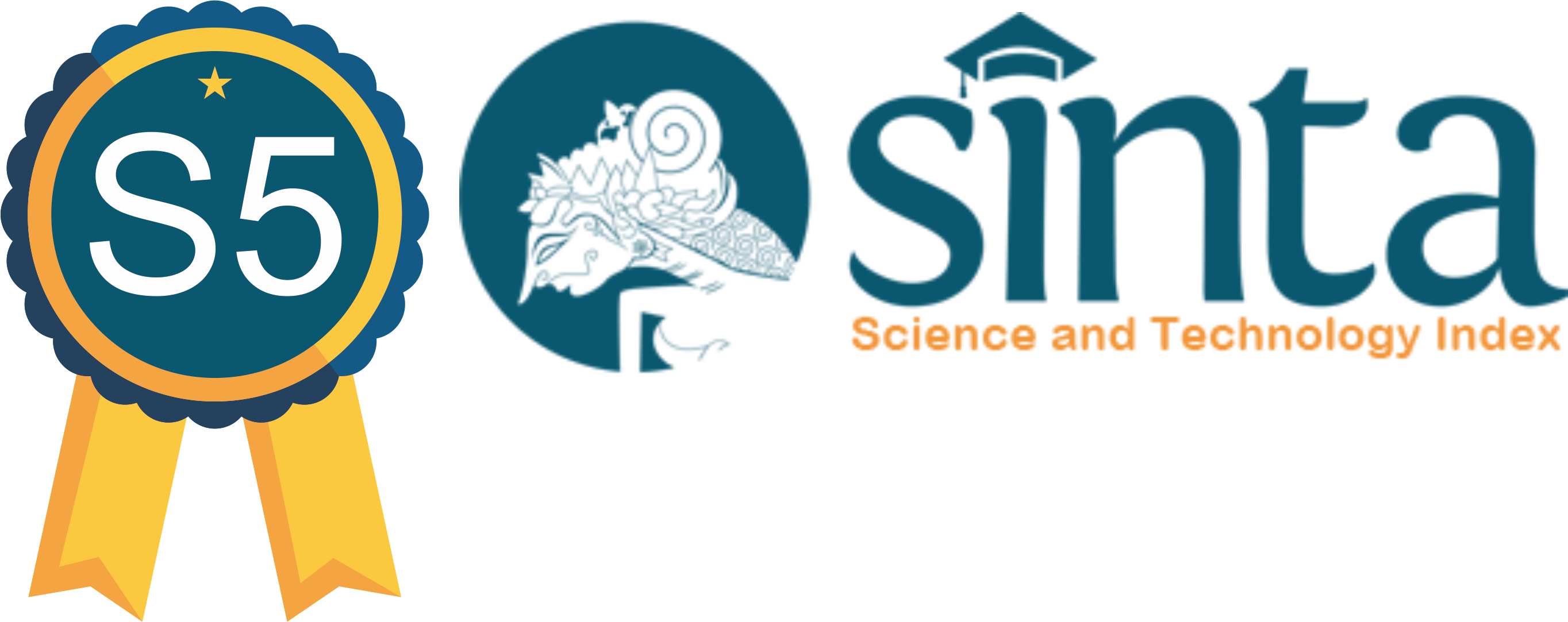The The Role of Online Disinhibition Towards Cyberbullying on Second-Account Users on Instagram
Abstract
This study aims to determine the role of online disinhibition towards cyberbullying on second-account users on Instagram. The participants of this study were 150 second-account users on Instagram. The sampling technique used was purposive sampling. Online disinhibition is measured using a scale compiled by researchers based on the aspects proposed by Stuart & Scott (2020). Cyberbullying is measured using the cyberbullying scale, which is also compiled by researchers based on aspects proposed by Langos (2012). Data analysis was performed using simple regression techniques. Data analysis resulted in the value of R square = 0.520 F = 160.136 and p = 0.000 (p <0.005). Data analysis resulted in a value of p = 0.000 (p <0.005), which indicated that there was a role for online disinhibition in cyberbullying with an R square = 0.520, which means that it gave a role of 52%.
Downloads
References
Langos, C. (2012). Cyberbullying: The challenge to define. Cyberpsychology, Behavior, and Social Networking, 15(6), 285–289. https://doi.org/10.1089/cyber.2011.0588
Lapidot-Lefler, N., & Barak, A. (2012). Effects of anonymity, invisibility, and
lack of eye-contact on toxic online disinhibition. Computers in Human Behavior, 28(2), 434–443. https://doi.org/10.1016/j.chb.2011.10.014
Mason, K. L. (2008). Cyberbullying: A preliminary assessment for school personnel. Psychology in the Schools, 45(4), 323–348. https://doi.org/10.1002/pits.20301
Retasari, D., & Janitra, P. A. (2018). Dramaturgi Dalam Media Sosial: Second Account di Instagram Sebagai Alter Ego. Mediator: Jurnal Komunikasi, 8(3), 340–347. Diambil dari https://jkms.ejournal.unri.ac.id/index.php/JKMS/article/view/5671/5264
Stuart, J., & Scott, R. (2021). The Measure of Online Disinhibition (MOD): Assessing perceptions of reductions in restraint in the online environment. Computers in Human Behavior, 114(March 2020), 106534. https://doi.org/10.1016/j.chb.2020.106534
Suler, J. (2004). The online disinhibition effect. Cyberpsychology and Behavior, 7(3), 321–326. https://doi.org/10.1089/1094931041291295
Watts, L. K., Wagner, J., Velasquez, B., & Behrens, P. I. (2017). Cyberbullying in higher education: A literature review. Computers in Human Behavior, 69, 268–274. https://doi.org/10.1016/j.chb.2016.12.038
Willard, N. E. (2007). Cyberbullying and Cyberthreats: Responding to the Challenge of Online Social Aggression, Threats, and Distress. Illnois: Research Press. Diambil dari https://books.google.co.id/books?id=VyTdG2BTnl4C&dq=willard+2007&lr=&hl=id&source=gbs_navlinks_s
Zahrotunnisa, A., & Hijrianti, U. R. (2019). Online Disinhibition Effect Dan Perilaku Cyberbullying. (April), 93–102.
Copyright (c) 2022 Emi Zakiah, Rosada Dwi Iswari

This work is licensed under a Creative Commons Attribution-ShareAlike 4.0 International License.
Journal of Health and Behavioral Science (JHBS) is licensed under a Creative Commons Attribution-ShareAlike 4.0 International License. You are free to copy, transform, or redistribute articles for any lawful purpose in any medium, provided you give appropriate credit to the original author(s) and JHBS, link to the license, indicate if changes were made, and redistribute any derivative work under the same license. Copyright on articles is held by the authors. By submitting to JHBS, authors grant any third party the right to use their article to the extent provided by the Creative Commons Attribution-ShareAlike 4.0 International License.

 Emi Zakiah(1*)
Emi Zakiah(1*)








